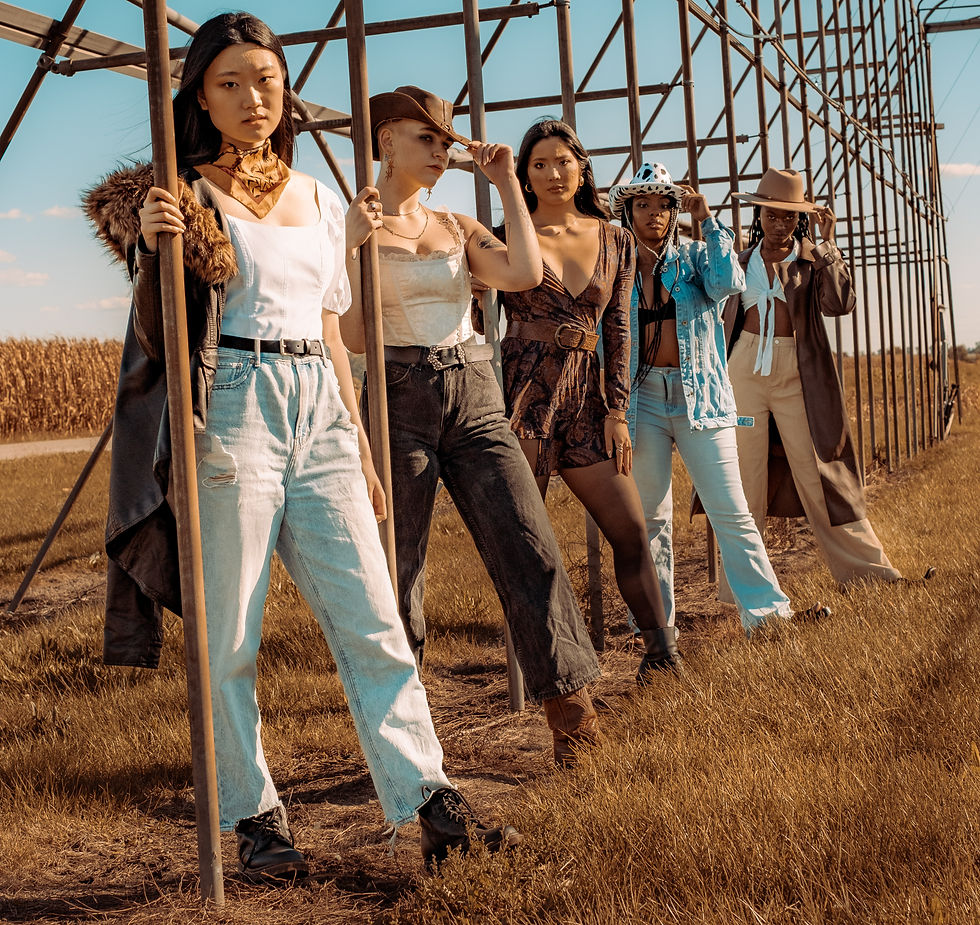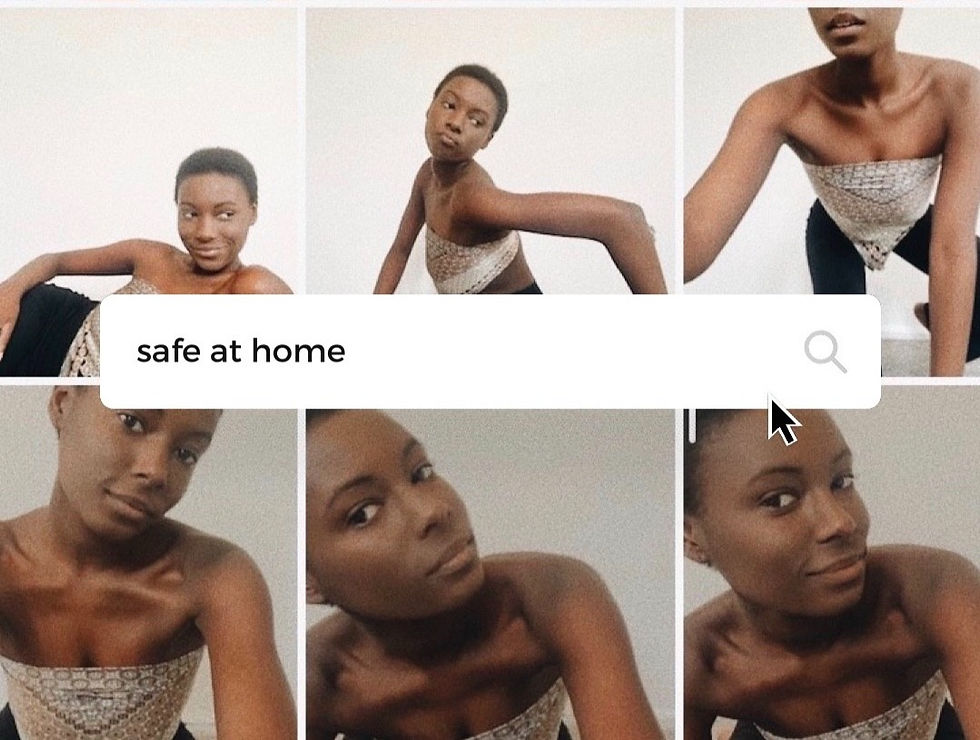Fashion Technology: Omnichannel Shopping and the Evolution of the Experience
- Fashion Network
- Oct 16, 2021
- 3 min read
As a child, I often used to play princess dress-up games on the computer. With graphics that we would now consider primitive, the computer screen offered a new way for people to share their identities and express themselves. People could share pictures across the world — and in doing so, created a globalized and multicultural fashion scene. The dress-up games I grew up on turned into dressing up myself and posting it all over social media, in the hopes that someone else would share the same excitement over the clothes and aesthetics I followed. As technology grew and the capacity to connect with others did as well, the fashion industry rapidly evolved to accommodate this global era. Flying cars, larger-than-life holograms, humanoid robots- for decades, people have imagined what a high-tech society would look like. What if that futuristic wave of creativity in consumerism is approaching us? Innovation affects our decisions more than we think.
After WW1, western society turned to shorter hemlines and rejected previous formality. In the 70s, when synthetic fabrics became more accessible, a vibrant and funky style arose. When the world went virtual in 2020, we turned to athleisure and comfy casual. Each era is defined by the technology that surrounds it. As humans try to make sense of the world around them, we turn to art and expression- especially through fashion. Now, with the rise of commercialization within social media, we see that the act of shopping itself has become a part of self-expression as well. From posting popular stores to joining micro-communities, there is a higher focus on the experience of shopping as well as the product itself. After all, if we can buy a product online seamlessly, what’s the point of going in store and dealing with wait times and long lines? This precise sentiment has given rise to what’s known as omnichannel shopping.
Omnichannel shopping is the blend of the digital and physical worlds, oftentimes with an emphasis on the experience itself. Showrooms have become more prevalent in retail and luxury fashion, where physical stores offer unique or limited products, and display their new lines to garner attention. The experience of retail will be more personalized- custom recommendations from shopping algorithms will assist retail associates in guiding shoppers to the right products. Stores have become more like communities rather than just a place to buy products. Supply chains, through AI and real-time data, will be more efficient and transparent, giving consumers the ability to back the brands that affirm their values the most. By distinguishing themselves from other competitors, fashion brands grab their target market with promises of uniqueness. Even fashion shows have been turned digital through 3D modeling and graphic visuals enhancing the runway. All of this serves to heighten the act of being within an exclusive space; people will share their experiences through social media and bring in more sales. The cycle of innovation continues, with a more human focus.
This new age of tech-savvy consumers may seem overwhelming. We’ve come far from simply sharing fashion through word of mouth and magazines. The dress-up games we played as children are now interactive online dress-up games sponsored by real brands. But at the heart of it all is still the desire for people to be heard, and express themselves through the world around them- through dress and action alike. It’s that aspect of humanity that makes the fashion industry strive to evolve, and define what it means to be a person in such a time of fast change.



Comments